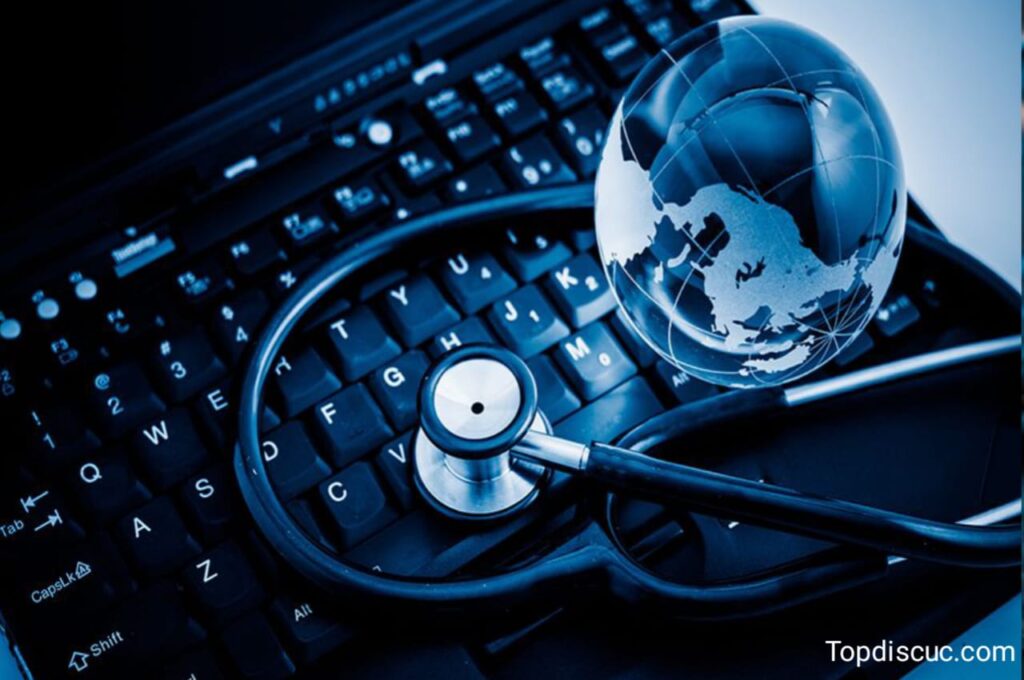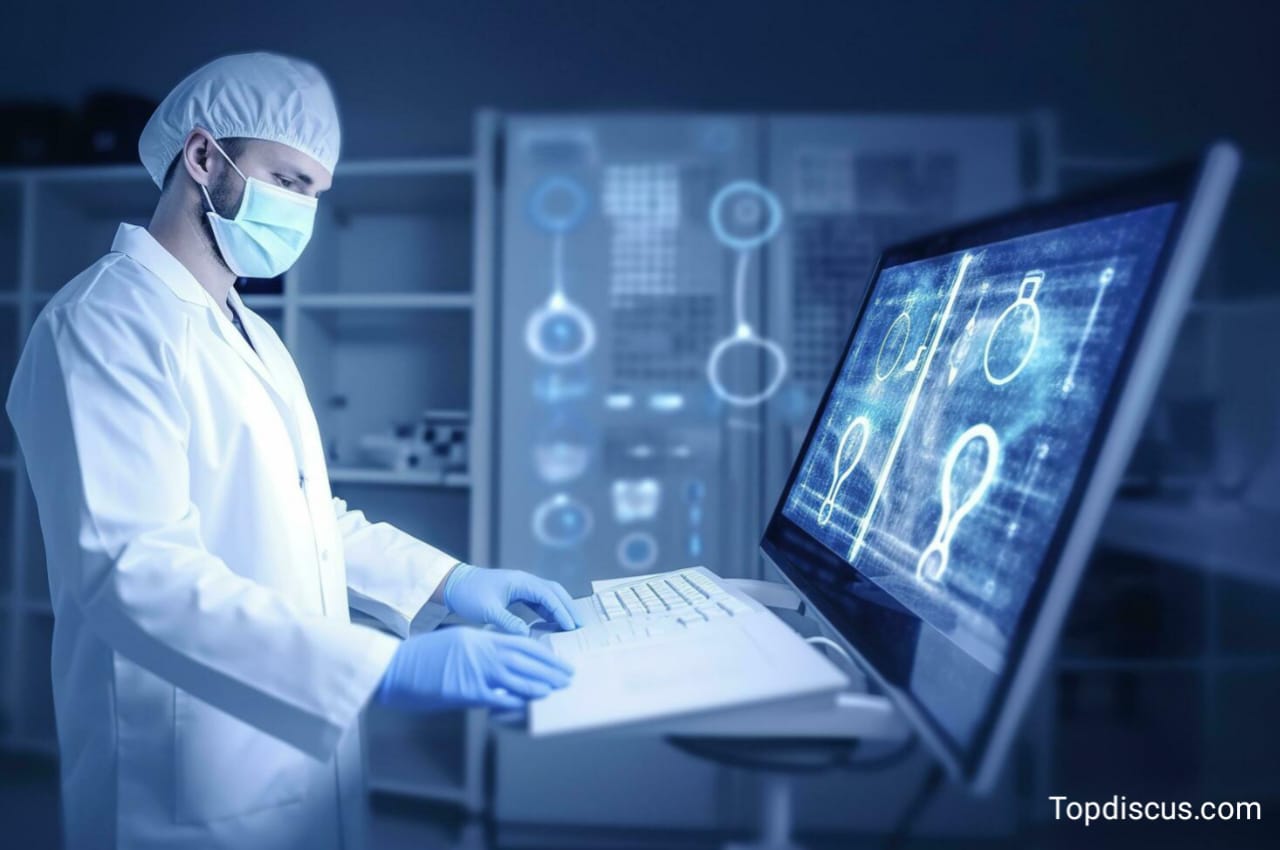At the forefront of the modernization wave, health information technology (HIT) stands as a cornerstone of healthcare transformation. From electronic health records (EHR) to cutting-edge artificial intelligence, HIT innovations have significantly improved patient outcomes, streamlined operations, and paved the way for a data revolution in the medical field. With this comprehensive guide, we’ll explore the colossal impact and potential of HIT, dissecting its benefits, challenges, and future outlook, all underpinning the digital age of healthcare.
Importance of Technology in Revolutionizing Healthcare:
Technology has irrevocably changed the world, and healthcare is no exception. The integration of technological tools in medicine has led to breakthroughs in diagnosis, treatment, and prevention strategies. As we delve deeper into the digital era, health information technology shines as a beacon of innovation, promising a future where healthcare is smarter, more efficient, and accessible to all.
Overview of Health Information Technology (HIT):
 Health Information Technology encompasses a range of IT systems and functionalities designed to support and improve healthcare services. These systems capture, store, and manage health data, allow for secure exchange of health information between consumers and providers, and cater to a multitude of activities that safely and effectively manage patient care.
Health Information Technology encompasses a range of IT systems and functionalities designed to support and improve healthcare services. These systems capture, store, and manage health data, allow for secure exchange of health information between consumers and providers, and cater to a multitude of activities that safely and effectively manage patient care.
Definition and Scope of HIT:
At its core, HIT refers to a suite of hardware, software, and processes that play crucial roles in the discovery, development, dissemination, and application of new medical advances and the delivery of clinical services. This can range from electronic medical records to sophisticated diagnostic tools and novel therapeutic systems—each catering to a different aspect of the patient and provider experience.
Benefits of Health Information Technology:
The implementation of HIT offers an array of benefits that have a profound impact on healthcare delivery.
“Click Here To Visit Our Homepage”
Improved Patient Outcomes:
Real-time access to patient data facilitates quicker and more accurate diagnoses, leading to timely interventions and improved treatment outcomes. Additionally, HIT enables personalized care by analyzing patient data to identify trends and risks, resulting in tailored treatment plans for individuals.
Enhanced Efficiency and Productivity:
Gone are the days of misplaced test results and long administrative processes. With HIT, administrative workflows are automated, and care providers can focus more on patients, eliminating redundancies and increasing productivity.
Streamlined Communication and Collaboration:
Interoperable HIT systems enable seamless sharing of patient data across different facilities, leading to coordinated care. Physicians can access a patient’s full medical history and teams can collaborate more effectively, ensuring a holistic approach to patient care.
Data-Driven Decision Making:
HIT equips healthcare professionals with a wealth of data that can inform evidence-based clinical and operational decisions. Through data analytics, healthcare organizations can refine their strategies, manage resources effectively, and predict health trends.
Key Technologies in Health Information Technology:
HIT runs the gamut from well-established tools like EHR to emerging technologies like blockchain, each contributing to the industry’s vast potential.
Electronic Health Records (EHR):
EHRs streamline processes by managing patient records digitally, providing a comprehensive view of a patient’s medical history. They improve accuracy, reduce the risk of data loss, and support the overall continuity of care.
Telemedicine and Remote Patient Monitoring:
Telemedicine has surged in popularity, allowing patients to consult with healthcare providers from the comfort of their homes. Remote patient monitoring extends this convenience, enabling the continuous observation of a patient’s health status.
Artificial Intelligence and Machine Learning:
AI and machine learning offer diagnostic support, analyze unstructured data from patient records, and predict patient outcomes. They are also instrumental in the development of precision medicine and personalized treatment plans.
Internet of Things (IoT):
IoT devices such as wearables gather real-time health data that can be integrated into EHRs, providing a live stream of patient metrics and timely alerts for interventions, especially for chronically ill patients.
Challenges and Considerations of Health Information Technology. While the benefits of HIT are clear, its implementation is not without obstacles.
Data Security and Privacy Concerns:
Digital systems can be vulnerable to breaches, exposing sensitive patient data. Healthcare organizations must prioritize robust cybersecurity measures to safeguard against threats.
Interoperability and Data Exchange:
The lack of standardization in HIT systems can hinder the exchange of patient data between different providers and across various platforms. Ensuring interoperability is a critical challenge for a more connected healthcare ecosystem.
Training and Adoption Challenges:
Healthcare professionals need to be adequately trained to use HIT systems effectively. Additionally, resistance to change can impede the adoption of new technologies.
Ethical and Legal Considerations:
As healthcare becomes increasingly digital, ethical and legal frameworks must evolve to address questions around data ownership, patient consent, and liability in the event of system failures. Impact of Health Information Technology on Different Stakeholders The influence of HIT ripples through different levels of the healthcare sector, significantly altering the way stakeholders interact with technology.
Patients:
For patients, HIT means greater access to their health information, more control over their care, and improved health literacy through digital resources and tools.
Healthcare Professionals:
HIT empowers healthcare professionals with actionable insights and tools that augment clinical decision-making, leading to more effective treatments and improved patient care.
Healthcare Organizations and Systems:
The integration of HIT drives operational efficiencies improves care outcomes, and lays the groundwork for future innovations in healthcare.
Government and Policymakers:
Government and regulatory bodies must develop inclusive policies that promote the responsible adoption and use of HIT, balancing innovation with patient safety and privacy.
Future Trends in Health Information Technology:
The future of HIT looks incredibly promising, with several emerging trends poised to further reshape the healthcare landscape.
Predictive Analytics and Personalized Medicine:
Advanced analytics and AI will enable providers to predict and prevent diseases at an individual level, ushering in an era of personalized care plans and treatments.
Wearable Technology and Mobile Health Apps:
The proliferation of wearables and mobile health apps will continue to engage consumers in their health, promoting wellness and facilitating data sharing for better patient-provider collaboration.
Blockchain in Healthcare:
Blockchain technology holds the promise of a secure, decentralized health data repository, enabling unprecedented data security and patient privacy.
“Click Here For More Information”
Conclusion:
The fusion of technology with healthcare presents a unique opportunity to enhance the quality of patient care, increase operational efficiencies, and extend the reach of medical services. While challenges persist, the potential of HIT to revolutionize the industry is palpable. It is clear that the future of healthcare is intertwined with technology, and as we move forward, we must do so with a patient-centered approach, ensuring that the digital tools we embrace reflect the values and needs of those they are intended to serve.
